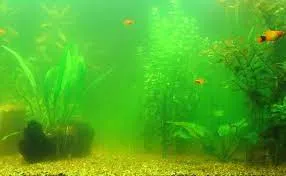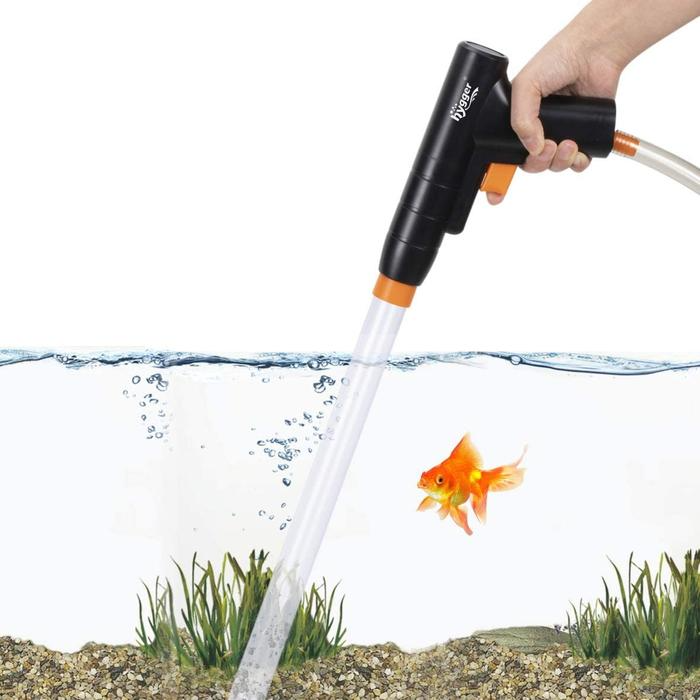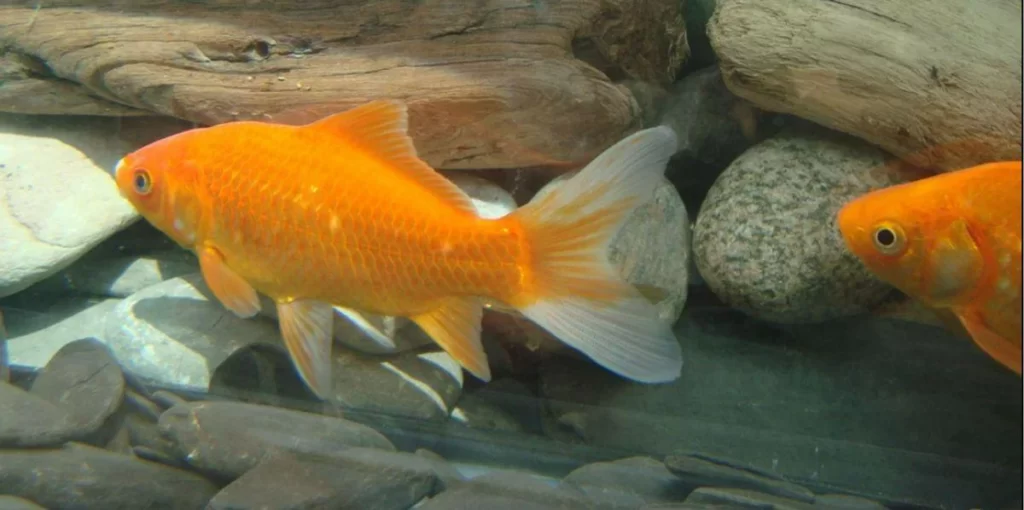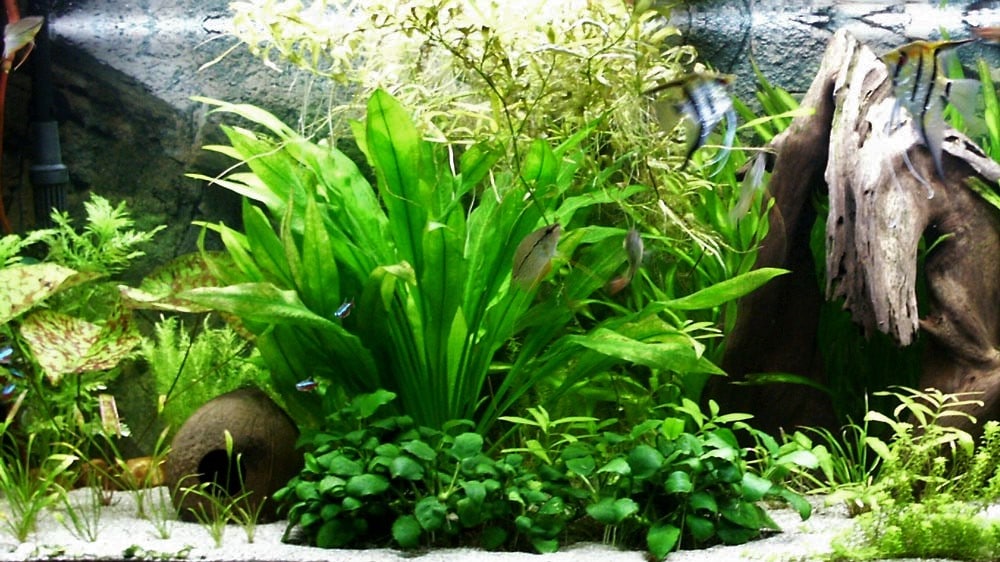Fantail Goldfish can be called classic aquarium pets, and in the media space, they are positioned as the most common orange fish. But these animals demonstrate a huge number of varieties that differ not only in color but also in shape, goggle-eyed, pot-bellied, slender, with large scales or without them at all, with growths on the head and even with huge bubbles under the eyes.
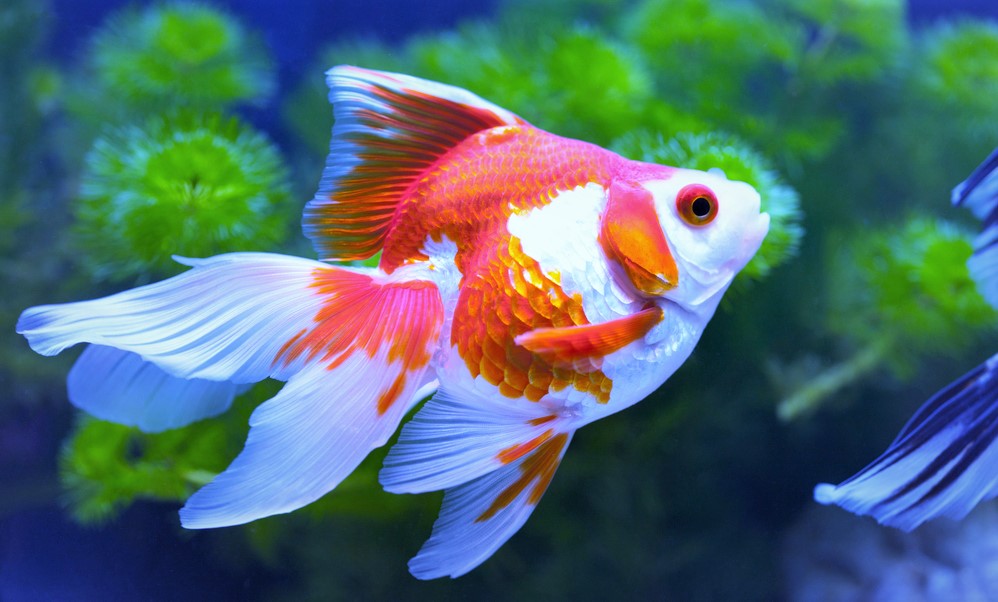
Among them, fan-tails stand out – unique, and at the same time, ordinary creatures, and all thanks to their tail, the shape of which invariably remains even when crossed with other species.
These fish are perfect even for beginners, but remember that their bizarre body shape makes them vulnerable to various diseases. Nevertheless, it is a good and bright fish, worth all the difficulties.
In this article, we will talk about how to properly care for fan-tails. How to equip the perfect aquarium for them, find good neighbors, and avoid a number of diseases.
Description
Fantail is a popular variation of the goldfish (Latin Carassius auratus) from the carp family. Which includes the common carp and crucian carp. From the latter, by the way, goldfish were bred by Chinese breeders several hundred years ago. Of course, you will not find these fish with their luxurious tail in the wild.
Of all the variations of goldfish, the fan-tail is considered one of the simplest. Compared to other, more bizarre brethren, these fish have a fairly high level of endurance and can live for about 10 years in good conditions.
Their endurance makes them good pets for aquarists trying their hand at cold water scrofula aquariums. In addition, fan-tails live well in open-air ponds.
You can buy fantail goldfish in almost all pet stores specializing in aquarists. Their price usually does not exceed 300 rubles.
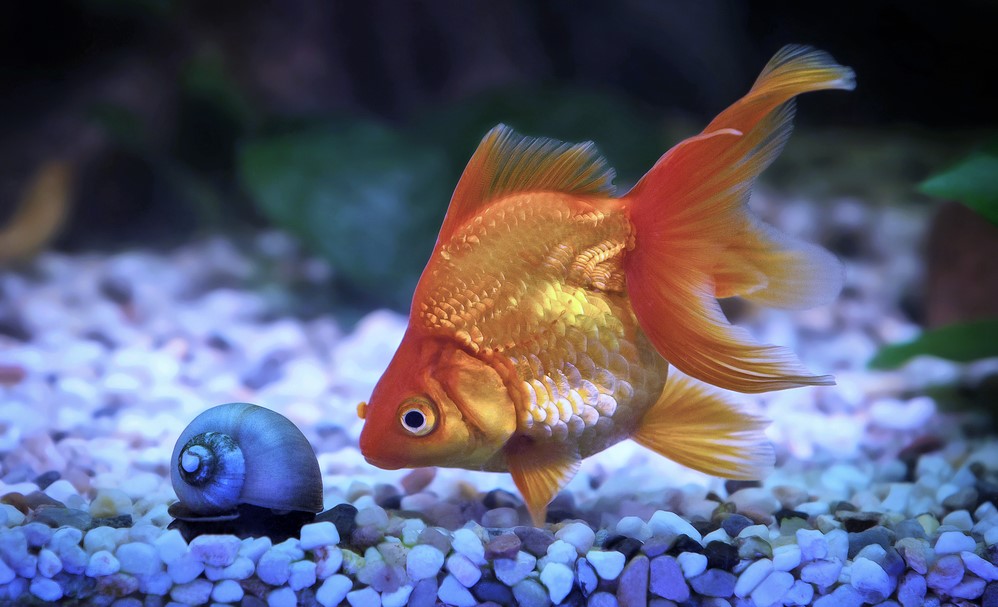
As you might guess, a distinctive feature of the fan-tails is their two anal fins and a gorgeous forked tail, consisting of four lobes. It arose as a result of a mutation and was successfully fixed by breeders. Because it looked very beautiful when looking at the fish from above. The colors of this fish can be completely different: white, golden, orange, white-red, calico and black.
Fantail breeds perfectly cross with other breeds, so most varieties of scrofula have a fan-shaped tail. On sale, you are likely to find a short-bodied, high-backed, ovoid fantail variation.
Adult fantail goldfish Can Reach Length of 20 cm
This structure of the tail brings certain difficulties to the fish. They swim much slower than their counterparts with normal tails.
Most of the time, fan-tails spend in the water column, occasionally swimming to the surface or to the bottom, trying to pick up food. Sometimes they can rummage through the soil in search of treats.
These fish are characterized by social behavior. It is not necessary to keep them in large flocks. But it is better not to start them one by one. The best option would be a group of 2-3 fish in a fairly spacious aquarium.
Fantail tails are quite peaceful in nature, but due to their leisurely manner of swimming. More cocky neighbors in the aquarium can often bully them. Lush tails can be a source of interest for those who like to pinch other people’s fins.
Features of Fantail Goldfish
In nature, fan-tails are not found, and when equipping them with a dwelling. One must be guided by their progenitors the goldfish. They live in calm waters with a slow current. The water temperature in different regions can be very different and be both cool and tropical-warm. There is a lot of underwater vegetation in such a biotope, and most of the fish swim in the water column.
Since fan-tail goldfish are quite hardy, they are well kept in ponds along with comets and koi carp.
- When setting up an aquarium for goldfish, you must first of all take care of the quality of the substrate that you put on the bottom. For these purposes, it is advisable to choose coarse river sand or gravel. If you settled on the last option, then all the stones should be well run-in since the fan-tails like to dig in the ground, and the sharp edges of the substrate can scratch them, after which infection will get into the wounds.
- The decorations in the aquarium should provide hiding places for the fish. Live plants are not bad for this role, which will not only decorate the aquarium. But also help maintain its cleanliness, absorbing part of the incoming organic matter from the water.
- They must be arranged in such a way as to leave free-swimming places for the fish. Try to choose soft plants on which scrofula will not tear their chic tails. Hornwort and elodea, floating on the surface of the water and not fixed in the ground, are perfect for this role.
- You can choose any lighting, the fish are not particularly sensitive to it. You can also save on a heater as goldfish prefer cool water.
- It is especially important to find a good, powerful filter, as fantails produce quite a lot of waste.
- These fish grow to an impressive size quite rapidly. So it is better to purchase large containers for them, in which at least 40 liters of water should fall on 1 pet.
Water parameters:
- temperature: 15-20 ° С;
- acidity: 6.5-8.0 pH;
- hardness: 8-15 ° dH;
- water changes should be regular and rather massive – up to 40%.
The stereotype of a fantail goldfish in a glass ball is very dangerous for the animals themselves. Many novice aquarists try to purchase a similar container and plant a goldfish in it. But in such conditions, it does not live long. By the way, this is where the widespread opinion arose that the age of fish is short-lived.
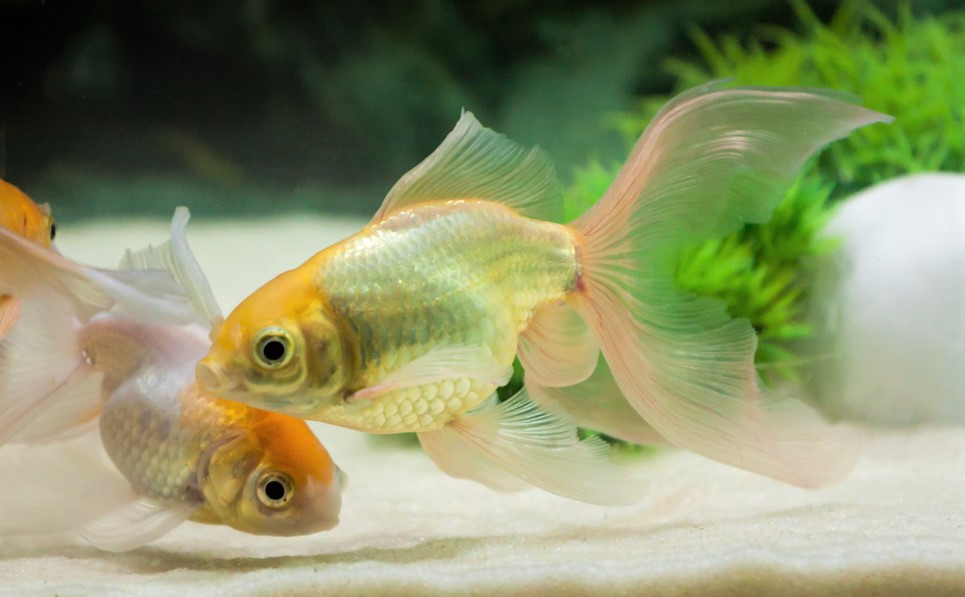
Feeding
In nature, crucians are quite voracious. They willingly eat aquatic invertebrates, eggs of other fish, detritus, and tender shoots of plants. In an aquarium, feeding your goldfish is straightforward, and there are a large number of foods formulated specifically for scrofula in the form of flakes, granules, and paste on the market. Sometimes you can give your pets food containing spirulina as an herbal supplement.
But fan tail food isn’t just limited to dry food. These animals are very fond of bloodworms, brine shrimp, and tubifex. You can also feed your fish with cucumber, zucchini, scalded lettuce, and oatmeal. Which will serve as a source of fiber for animals.
Sometimes, from feeding with dry food, the fish may experience a loss of orientation in space, in what the common people called a “changeling”. In this state, the fish can swim on its side or belly up. Typically, the cause is constipation and bowel obstruction caused by food blockage. In this case, the intestine increases in size and presses on the swim bladder, which prevents the fish from rising to the surface or sinking to the bottom.
This condition is treated by fasting and scalded green peas, which should be given to the fish with a toothpick. If the fish is predisposed to the “changeling”, then dry food should be avoided, replacing them with self-made minced meat or various live food that does not swell in water.
It is advisable to feed the fish twice a day in small portions. If the animals look hungry and still beg for food, you do not need to give them supplements, because scrofula is quite voracious.
Breeding
Breeding fan tails is not easy and requires some effort and patience. In addition, you will need a separate aquarium.
Fish reach sexual maturity by 2-3 years. Before the start of spawning behavior, the sex of the animals cannot be determined. During the mating season, males acquire a special outfit – special white growths appear on their gill covers and the first rays of the pectoral fins. The abdomen of females becomes rounded, and males begin to pursue it.
The easiest way to spawn fish is in the spring. The water should be fairly cool. The breeder is required to recreate the warming of the reservoir. To do this, in the general aquarium, the temperature is gradually increased by several degrees over several days. Before that, the fish are fed with good live food.
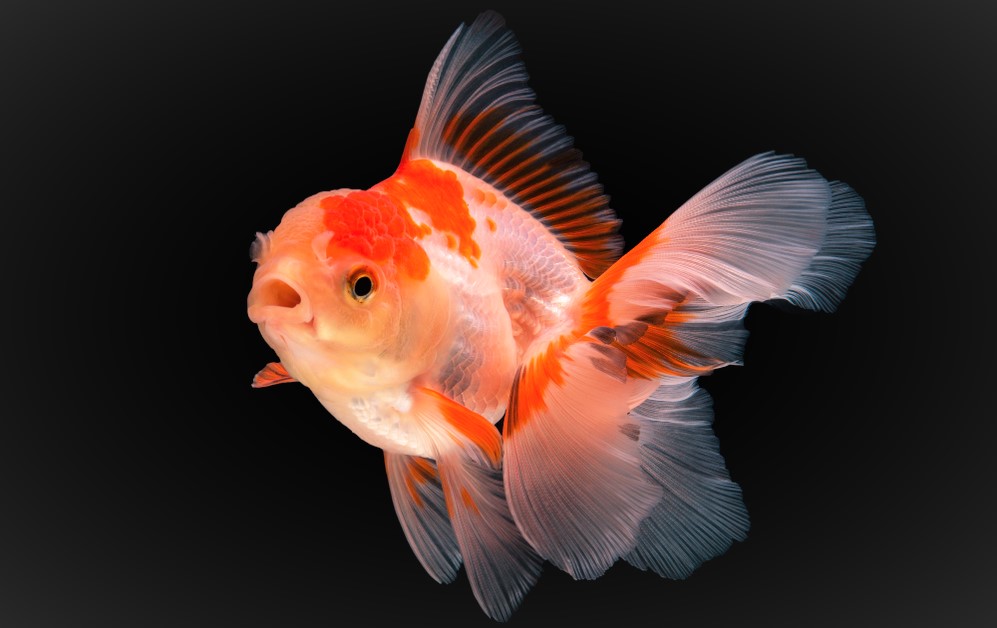
They Need Special Attention
As soon as the mating outfit begins to appear in the animals, special attention must be paid to them. If you see the males chasing the female early in the morning, it means it’s time to take action.
The last method is the easiest. To do this, you need to put a spawning substrate in the spawning grounds – small-leaved plants, tied green nylon threads, a bunch of green washcloths, etc. The fish themselves will find the nests left for them and spawn on them. All you need to do is take the substrate with caviar and place them in a container that is well-ventilated by a compressor.
The active method is somewhat more complicated, but it allows you to get a larger number of offspring. It is used by professional breeders. For him, you will need a bowl of water and a fairly large container in which this bowl can fit.
When the rut begins in the Fantail Goldfish, it is necessary to catch the female and gently lightly press her on the abdomen. If a few drops of pale yellow caviar appear from her genital opening, it means that she can be expressed. A female is taken in one hand, and a male in the other, and the genital products of both are carefully expressed by massaging the abdomen.
There are two ways of spawning goldfish: Active and Passive.
If the fantail goldfish do not produce caviar and milk, it is necessary to put them back for feeding and try to “milk” them the next morning.
A basin with caviar is left for 1-1.5 hours, after which water is drained from it and placed in an incubation container equipped with an aerator. There is no need to worry about caviar when draining water from the basin because all of it settles to the bottom of the basin and sticks to it.
The incubation of eggs lasts 4-5 days, after which the larvae hatch, which lie motionless on the bottom for the first few days. The fertility of each female can reach 2-3 thousand eggs, so there are a lot of juveniles.
As soon as the fry begins to swim, it is necessary to feed it with “live dust”, grated egg yolk, nauplii of Artemia, and Cyclops. Feeding is carried out 5-6 times a day in small portions. And in order for the fish to grow quickly, you need to change a small amount of water every day.
Compatibility
When choosing neighbors for fan-tails, you need to focus on two criteria: cold water and long fins of your pets.
Cold temperatures and the most popular tropical fish are simply incompatible, so the choice of potential neighbors is limited.
Also, for those who like to pinch other people’s fins, for example, for the Sumatran Barbus, the slowly floating fan-tail will be the most favorite and easy target.
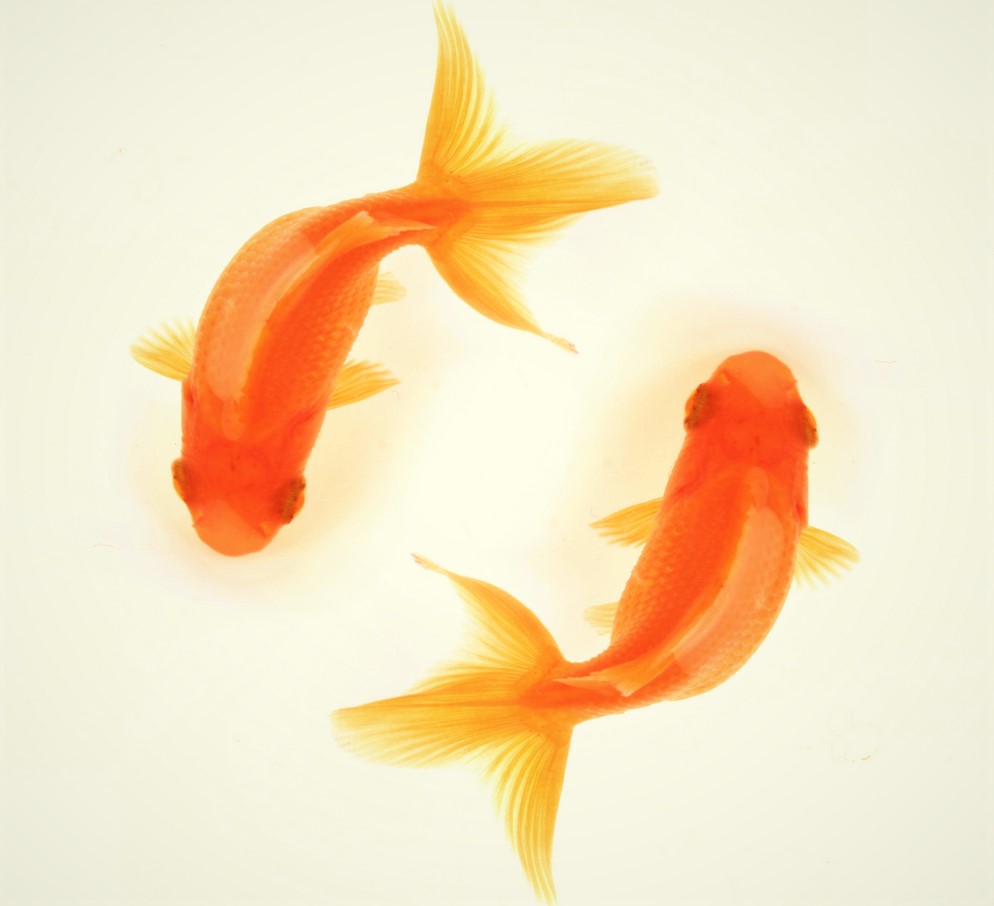
Small schooling fish get along well with scrofula: danios, cardinals, scarlet barbs and corridors.
Since goldfishes float throughout the aquarium, the presence of catfish in aquariums with them is not at all necessary, because these food lovers practically do not leave food. But sometimes in aquariums with fan-tails, various protein deposits are observed on the walls, so sucker catfish will be very useful.
The best solution is to keep the fan tails only with other goldfish. In this case, it is advisable not to plant long-bodied breeds with them, giving preference to short-bodied varieties.

